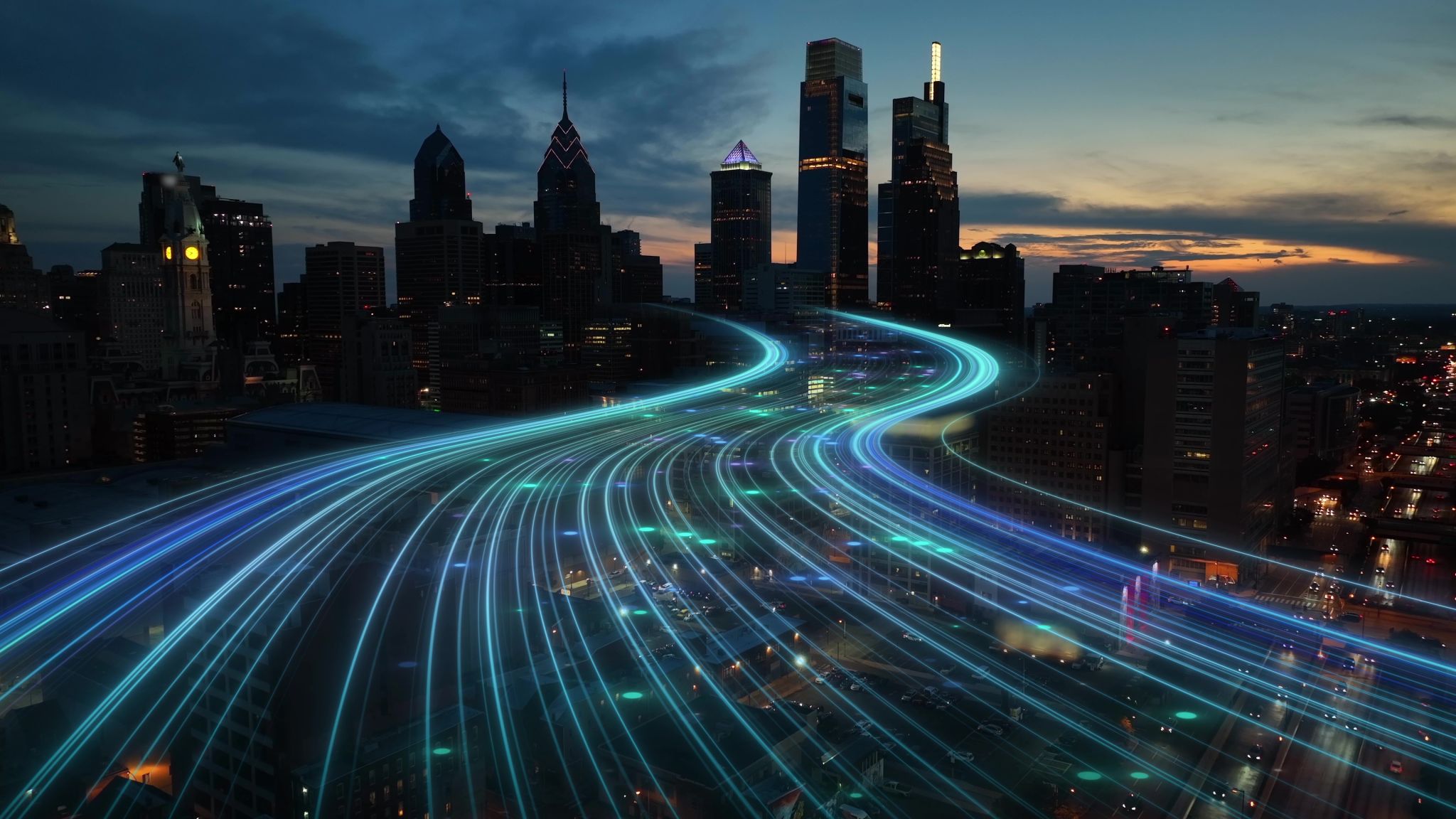Integrating AI: The Future of Smart Infrastructure Strategy
The Rise of AI in Infrastructure
In recent years, the integration of Artificial Intelligence (AI) into infrastructure planning and management has revolutionized the sector. As urban areas expand and technology evolves, the need for smarter, more efficient infrastructure becomes paramount. AI provides the tools necessary to optimize resource allocation, predict maintenance needs, and enhance overall system performance.
AI-driven systems can analyze vast amounts of data to identify patterns and trends that would be impossible for humans to discern. This capability allows for more informed decision-making, ensuring that infrastructure investments are both strategic and sustainable. The impact of AI is being felt across various facets of infrastructure, from transportation networks to energy grids and beyond.

Enhancing Transportation Networks
One of the most significant applications of AI in infrastructure is within transportation networks. AI technologies are being utilized to improve traffic management, reduce congestion, and enhance safety on roads. By analyzing data from connected vehicles and sensors, AI systems can dynamically adjust traffic signals and reroute traffic in real-time to minimize delays.
Additionally, AI plays a pivotal role in the development of autonomous vehicles. These vehicles rely on sophisticated AI algorithms to navigate roads safely, reducing the likelihood of accidents and improving traffic flow. As autonomous vehicle technology continues to advance, we can expect a significant transformation in how people and goods are transported.
Optimizing Energy Grids
The integration of AI into energy grid management is another area where significant advancements are being made. Smart grids equipped with AI can efficiently balance energy supply and demand, reducing waste and enhancing reliability. By predicting energy consumption patterns, AI systems can optimize the distribution of electricity, leading to cost savings for both providers and consumers.

Furthermore, AI can facilitate the integration of renewable energy sources into the grid by predicting fluctuations in energy production. This capability ensures a stable supply of energy even as the reliance on renewables grows. As a result, AI is helping to drive the transition towards a more sustainable energy future.
Infrastructure Maintenance and Safety
AI also plays a crucial role in infrastructure maintenance and safety. Predictive maintenance systems powered by AI can foresee equipment failures before they occur, allowing for timely repairs and reducing downtime. This proactive approach not only saves money but also enhances the safety and reliability of critical infrastructure components.
For instance, AI can be used to monitor the structural health of bridges and buildings by analyzing sensor data for signs of wear and tear. Early detection of potential issues can prevent catastrophic failures and extend the lifespan of infrastructure assets.

The Challenges Ahead
Despite the numerous benefits, integrating AI into infrastructure strategies comes with its own set of challenges. Ensuring data privacy and security is paramount as more systems become interconnected and reliant on data-driven decision-making. Additionally, there is a need for significant investment in technology and training to fully leverage AI's potential.
Moreover, the ethical implications of AI must be considered. Decision-makers need to ensure that AI applications do not inadvertently reinforce biases or result in unequal access to infrastructure services. Addressing these challenges will be critical as we move towards a future where AI plays an integral role in shaping our built environment.
Conclusion: Embracing a Smarter Future
The integration of AI into infrastructure strategy represents a significant step forward in creating smarter, more efficient urban environments. By harnessing the power of AI, cities can become more sustainable, resilient, and responsive to the needs of their inhabitants. As we continue to explore the possibilities of AI in infrastructure, collaboration between technology developers, policymakers, and stakeholders will be essential to realizing its full potential.
The future of smart infrastructure is not just a vision; it is an emerging reality that promises to transform how we live, work, and move in our rapidly urbanizing world. Embracing this future requires an open mind, innovative thinking, and a commitment to building better cities for generations to come.
